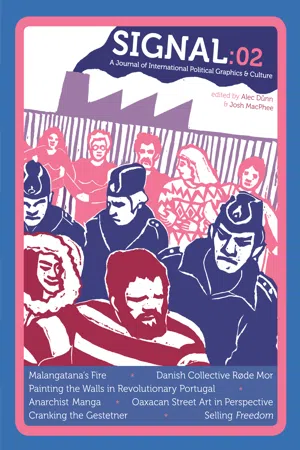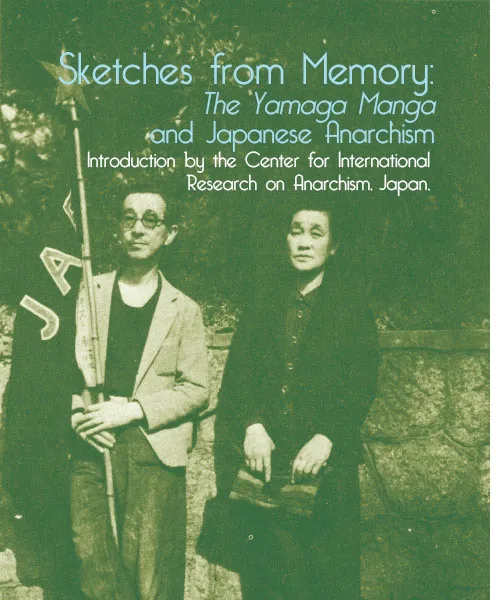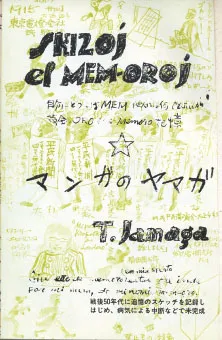
Signal: 02
A Journal of International Political Graphics & Culture
- 160 pages
- English
- ePUB (mobile friendly)
- Available on iOS & Android
Signal: 02
A Journal of International Political Graphics & Culture
About this book
Signal is an ongoing book series dedicated to documenting and sharing compelling graphics, art projects, and cultural movements of international resistance and liberation struggles. Artists and cultural workers have been at the center of upheavals and revolts the world over, from the painters and poets in the Paris Commune to the poster makers and street theatre performers of the recent Occupy movement. Signal will bring these artists and their work to a new audience, digging deep through our common history to unearth their images and stories. We have no doubt that Signal will come to serve as a unique and irreplaceable resource for activist artists and academic researchers, as well as an active forum for critique of the role of art in revolution.
Highlights of the second volume of Signal include:
- Anarchist Manga in Japan
- Breaking Chains: Political Graphics and the Anti-Apartheid Struggle
- Selling Freedom: Promotional Posters from the 1910s
- Street Art, Oaxacan Struggle, and the Mexican Context
- Covering the Wall: Revolutionary Murals in 1970s Portugal
- Røde Mor: Danish printmaking, pop music, and politics
In the US there is a tendency to focus only on the artworks produced within our shores or from English speaking producers. Signal reaches beyond those bounds, bringing material produced the world over, translated from dozens of languages and collected from both the present and decades past. Though it is a full-color printed publication, Signal is not limited to the graphic arts. Within its pages you will find political posters and fine arts, comics and murals, street art, site-specific works, zines, art collectives, documentation of performance and articles on the often overlooked but essential role all of these have played in struggles around the world.
Frequently asked questions
- Essential is ideal for learners and professionals who enjoy exploring a wide range of subjects. Access the Essential Library with 800,000+ trusted titles and best-sellers across business, personal growth, and the humanities. Includes unlimited reading time and Standard Read Aloud voice.
- Complete: Perfect for advanced learners and researchers needing full, unrestricted access. Unlock 1.4M+ books across hundreds of subjects, including academic and specialized titles. The Complete Plan also includes advanced features like Premium Read Aloud and Research Assistant.
Please note we cannot support devices running on iOS 13 and Android 7 or earlier. Learn more about using the app.
Information















Table of contents
- Cover
- Title
- Copyright
- Contents
- Signal is an idea
- Malangatana’s Fire
- Street Murals in the Portuguese Revolution
- Selling Freedom
- Cranking It Out Old School Style
- Art of Rebellion
- Sketches from Memory
- A Heart of Concrete through Fire and Water
- Back cover